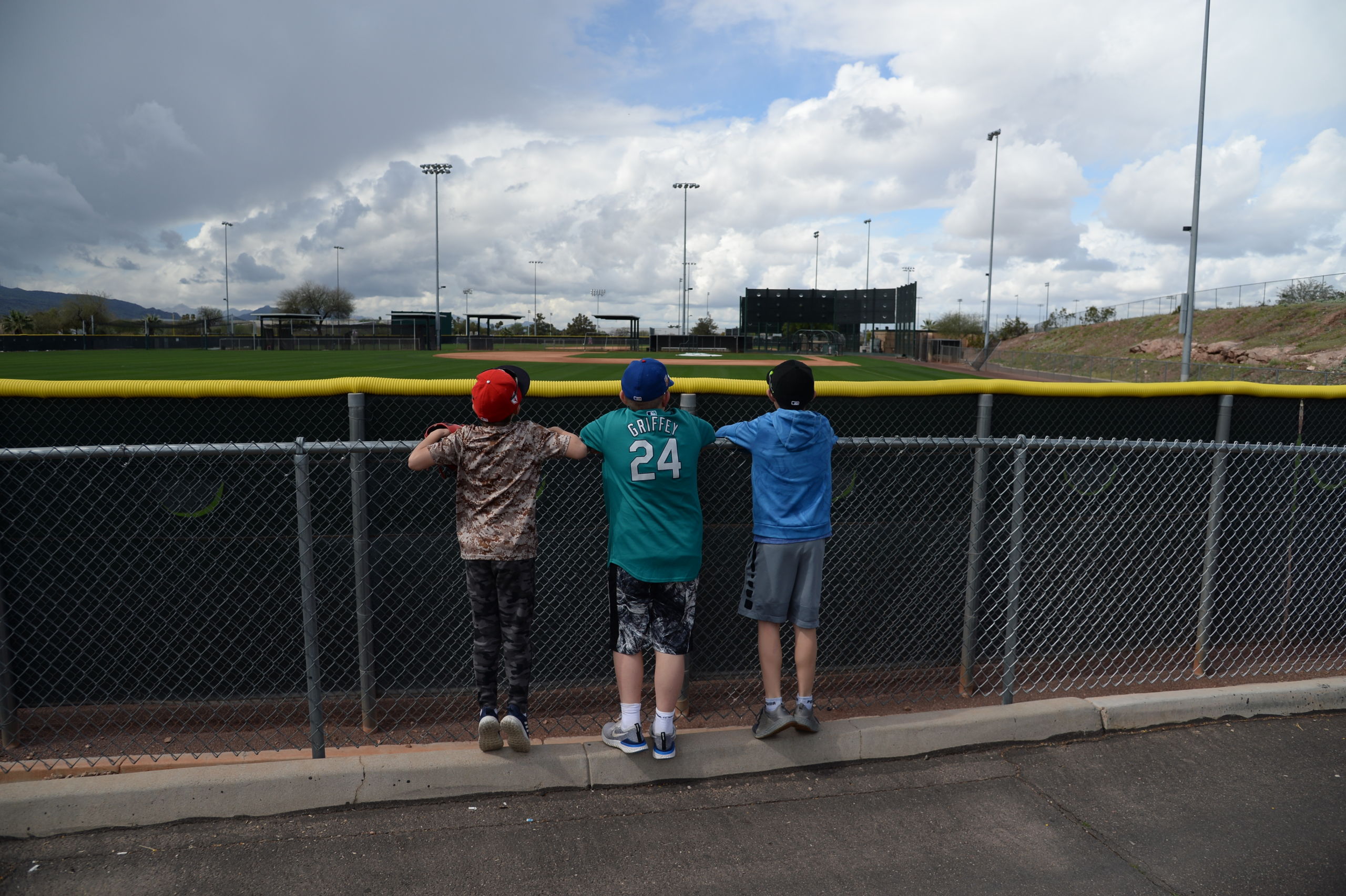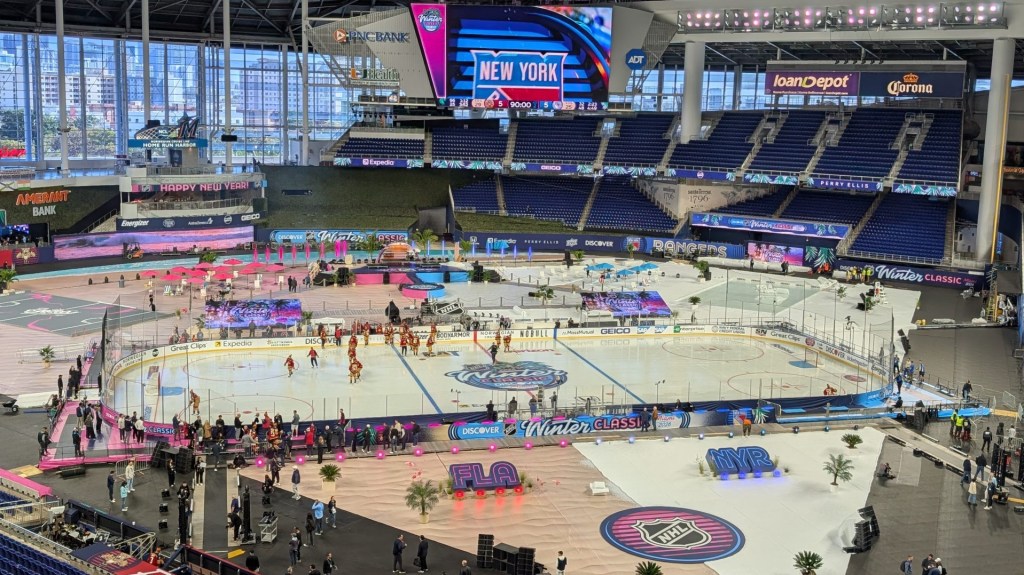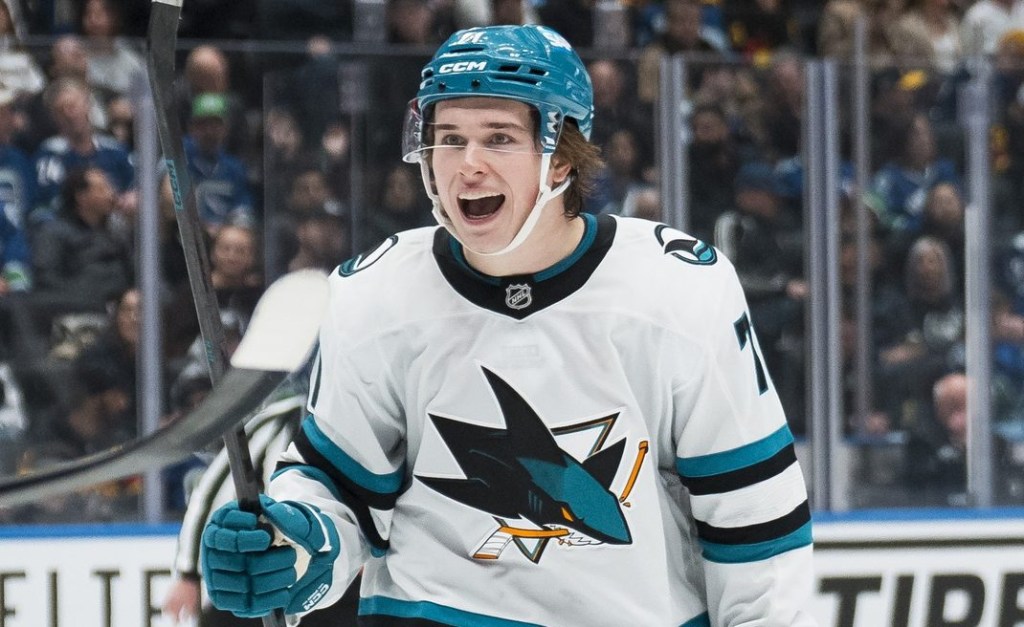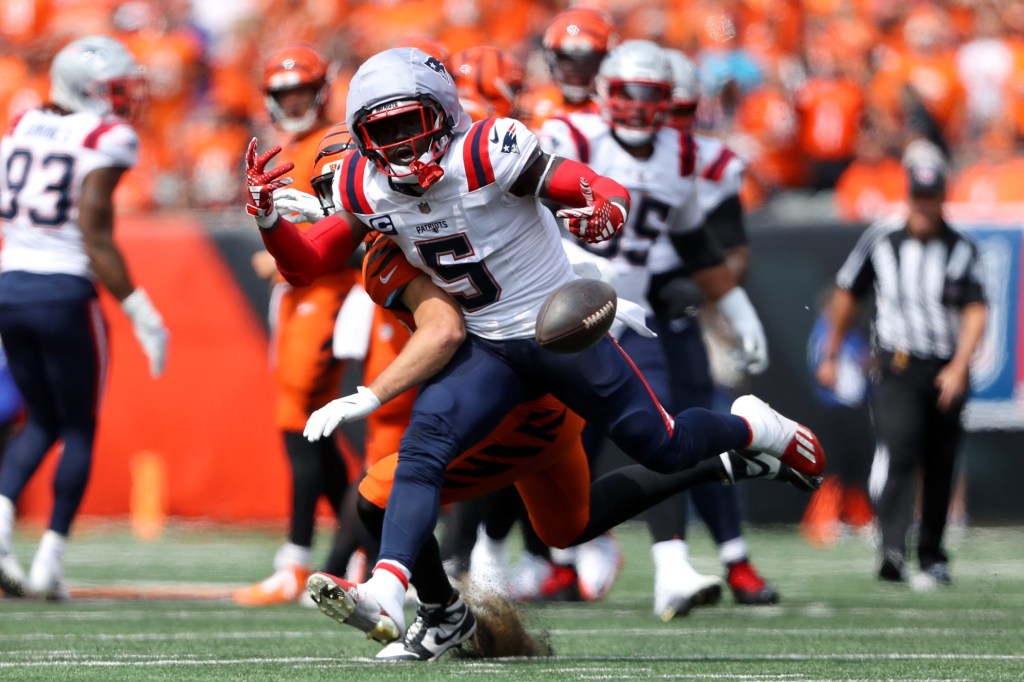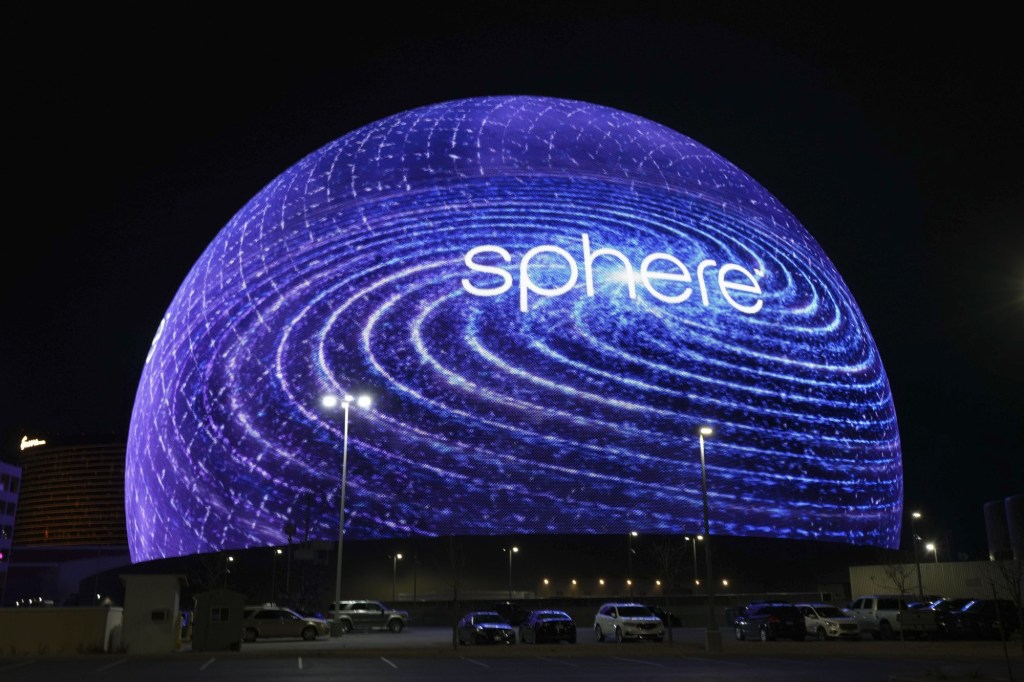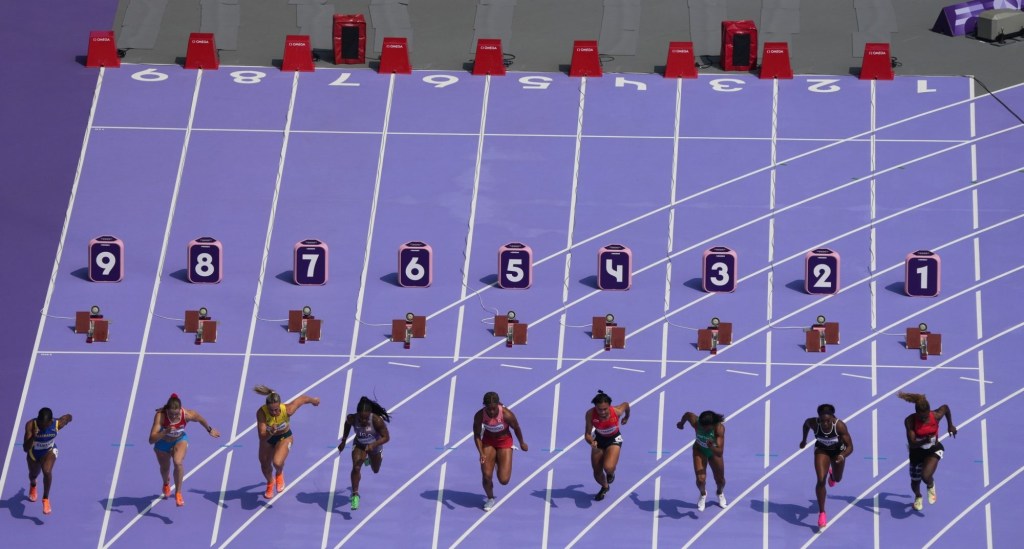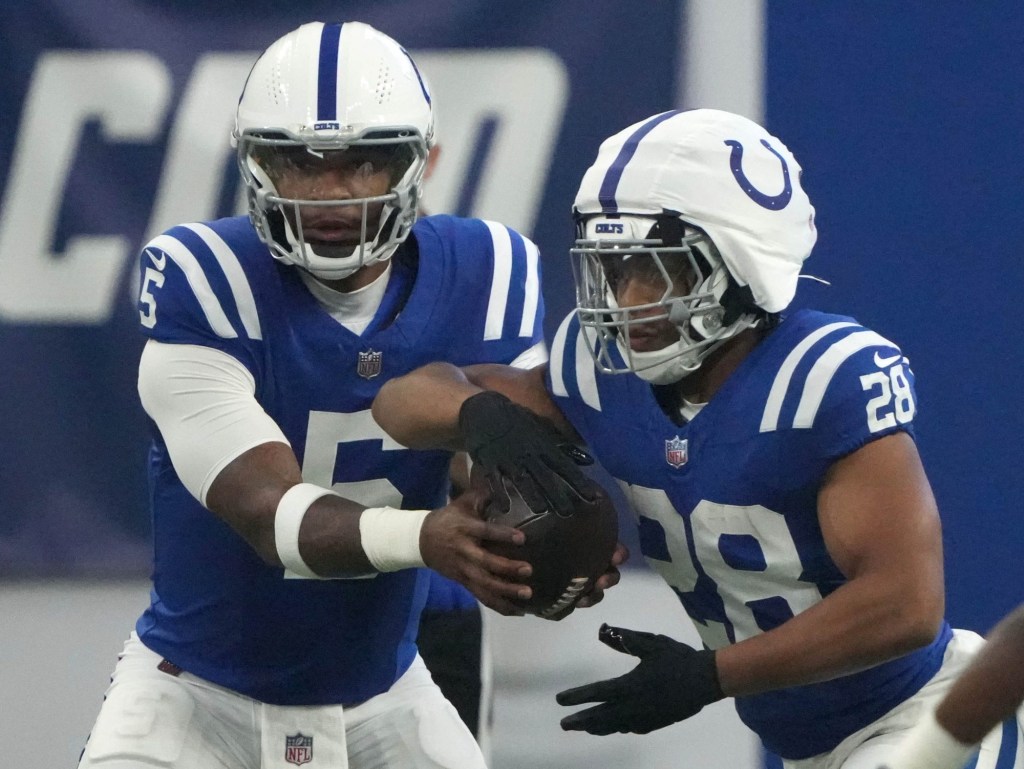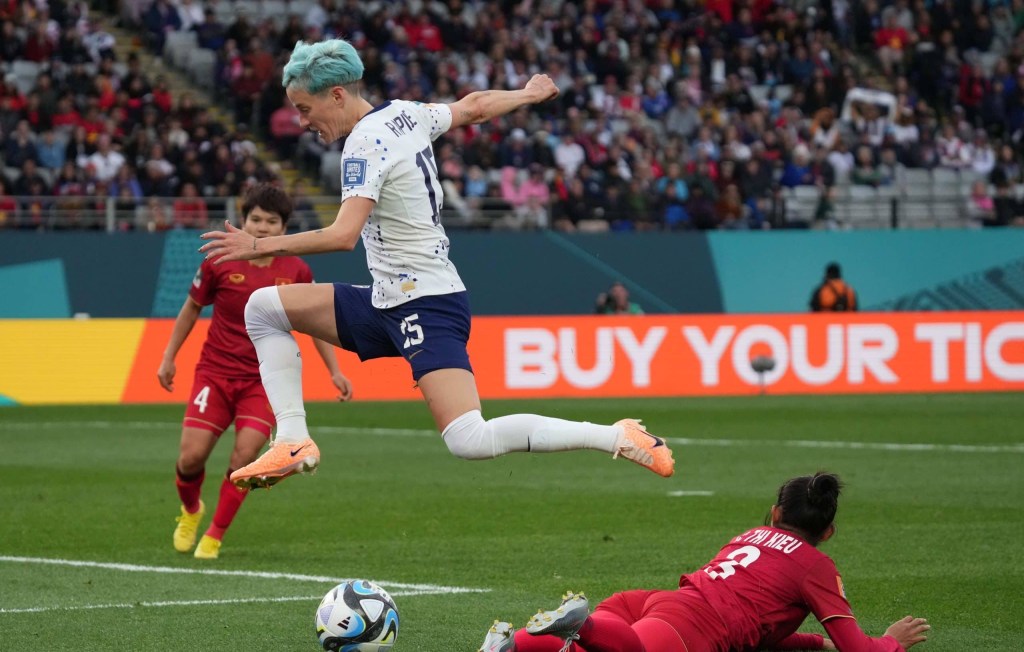With roughly 39 million school-aged students currently learning at home in the United States and Canada, Major League Baseball and the National Hockey League are looking to increase the reach of their science, technology, engineering and mathematics-focused efforts.
MLB’s Summer Slugger digital program, which aims to kids engaged in subjects like math and science, is a 18-week-long program that covers educational topics like units of measure, place value, arithmetic, geometry, spelling, phonemic awareness, and vocabulary and comprehension. The program is broken down into 36 two-game series designed to take no longer than 10 minutes each to complete.
“There’s so much STEM in the game of baseball, so doing a fan-facing educational program was important for us for a number of social objectives and business objectives as well,” Melanie LeGrande, MLB’s vice president of social responsibility, said.
Last summer saw more than 50,000 students across 1,300 schools and community-based organizations participate in Summer Slugger, LeGrande said.
After announcing the expanded coverage to parents, legal guardians, and teachers on March 25, MLB has already seen more than 5,000 students sign up for the program, a sign that more students are anxious to participate, LeGrande said.
“Some children in certain communities need to have these skills and to be able to leverage the support to go online to retain the skills, that was important for us,” LeGrande said. “We had planned to take this larger than just the summer, so the timing right now was something that we needed to move forward on because this is a great tool that kids, parents, and educators can use.”
READ MORE: Sports Organizations Use Learning Tools To Engage Young Fans
Since the program’s launch in 2017, 26 of the MLB clubs that partake in it have introduced more than 140,000 young people in the U.S. and Canada – ages 8-11 – to the program. The Miami Marlins recently became a part of Summer Slugger, Jason Latimer, the team’s vice president of communications and broadcasting, said.
Right now, the Marlins are looking for ways to get actual teacher plans uploaded to their Summer Slugger page so local school systems can incorporate them into their virtual teaching, Latimer said. With help from EVERFI, the league’s official education partner, MLB teams have access to their own co-branded course, a toolkit with creative logos and promotional content to spread awareness about Summer Slugger.
“We’re going to continue to adapt that page and use it as a way to make sure that families have an avenue that they can incorporate baseball and sports into their everyday lives,” Latimer said.
Similar to Summer Slugger, the NHL and NHLPA are also providing free remote access to students through Hockey Scholar, a hockey-themed STEM curriculum geared towards elementary and middle-school-aged students.
As of April 1, Hockey Scholar’s 12 learning modules are now available for teachers and parents. Prior to that, the program was only available through educational institutions and educators since its inception in 2014.
The curriculum has a variety of STEM-related hockey activities. The lessons include topics like exploring the engineering behind equipment like skates and sticks; calculating the surface area and volume of the ice; studying the different states of matter; the importance of angles in hockey; and analyzing player speed and game dynamic through studying mass, velocity, and kinetic energy.
Since its inception, more than 3.1 million students have participated in the NHL’s Future Goals program, which include Hockey Scholar. They have also completed more than 6.5 million hours of learning, with student participants seeing their STEM skills increase by 82%, according to the NHLPA.
“I’ve often said that isn’t about trying to get new hockey players,” Rob Knesaurek, NHL group vice president of youth hockey and industry growth, said. “This is trying to show our current audience and potentially new audiences that hockey’s more than just playing. From [kids] taking courses like this, they can learn about the other facets that make the hockey world live.”
Knesaurek was unable to comment on how Hockey Scholar participation has been trending since it announced its expansion on April 1. However, based on the initial response he has received from several people, he expects to see a significant increase in signups.
Knesaurek has other plans to keep it further grow the program. In the weeks and months to come, he would like to include NHL players in the content as well.
READ MORE: Rice-Texans Latest Example Of Pro Football’s Investment Into Sports Management
For young hockey fans, the league wants them to see that it is not trying to recruit the next Sidney Crosby or Connor McDavid but to show them that there is more to hockey than what some might think.
“Taking courses like this, they can learn about the other facets that make the hockey world live,” Knesaurek said. “Whether it’s building equipment, building arenas, or understanding the geometry and kinetic energy, all these things will play a role in their life at some point.”
“We’re trying to offer something so we could show hockey in a unique way,” he added. “We’re more than just playing hockey – hockey is bigger than what you see on the ice.”
